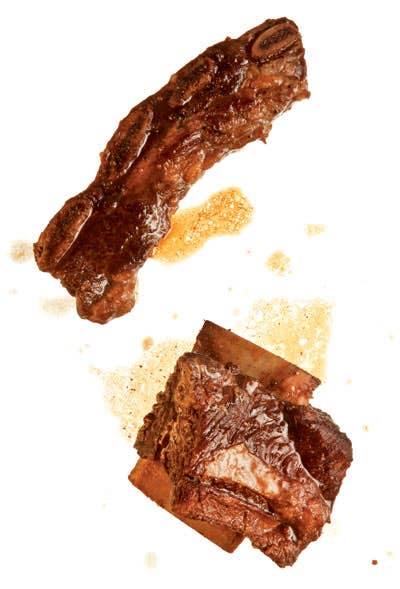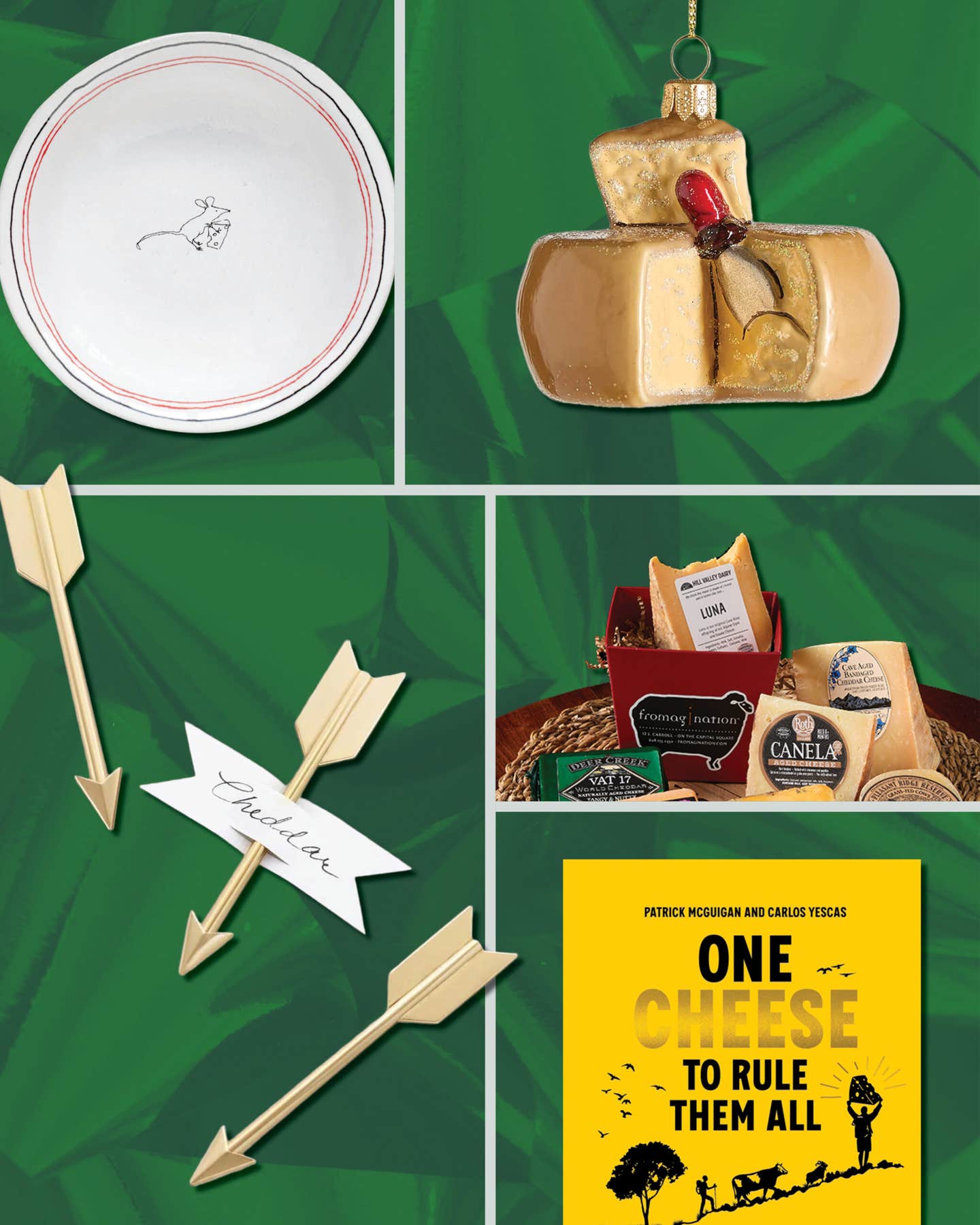
A Cut Above: Flanken-Cut Beef Short Ribs
The recipe for t'fina pkalia, the Tunisian Jewish beef, spinach, and white bean stew, calls for flanken-cut beef short ribs. Flanken means "flank" in German and in Yiddish, and it refers to short ribs (the ribs that span from the back toward the belly of the cow) cut across the bones. Available at most butcher shops, flanken ribs are four to eight inches long and about one and a half inches wide, with four or five oval-shaped cross-sections of bone along the edge. Historically, it was a cut of meat that many people could afford, and because it's tough and well-marbled with lots of connective tissue, flanken lends itself well to slow-cooked stews. Be it t'fina pkalia or Eastern European cholent (made from beans, barley, meat, and potatoes), flanken is the ideal cut: Over time, the ribs release their ample fat, collagen, and bone marrow into the stew, imparting profound richness and depth of flavor.
Other styles of beef short rib include the more common English cut, which is sliced parallel to the rib, and beef spare ribs, which are thinner and more tender than the English cut and don't contain the full bone. According to Paul Whitman, owner of Fischer Brothers & Leslie, a kosher butcher shop in Manhattan, each cut has its purpose and its season. "In the summer, when people are barbecuing, they buy more spare ribs," he said. "But in the winter, when they're making stews, they want flanken."
Keep Reading
Continue to Next Story










